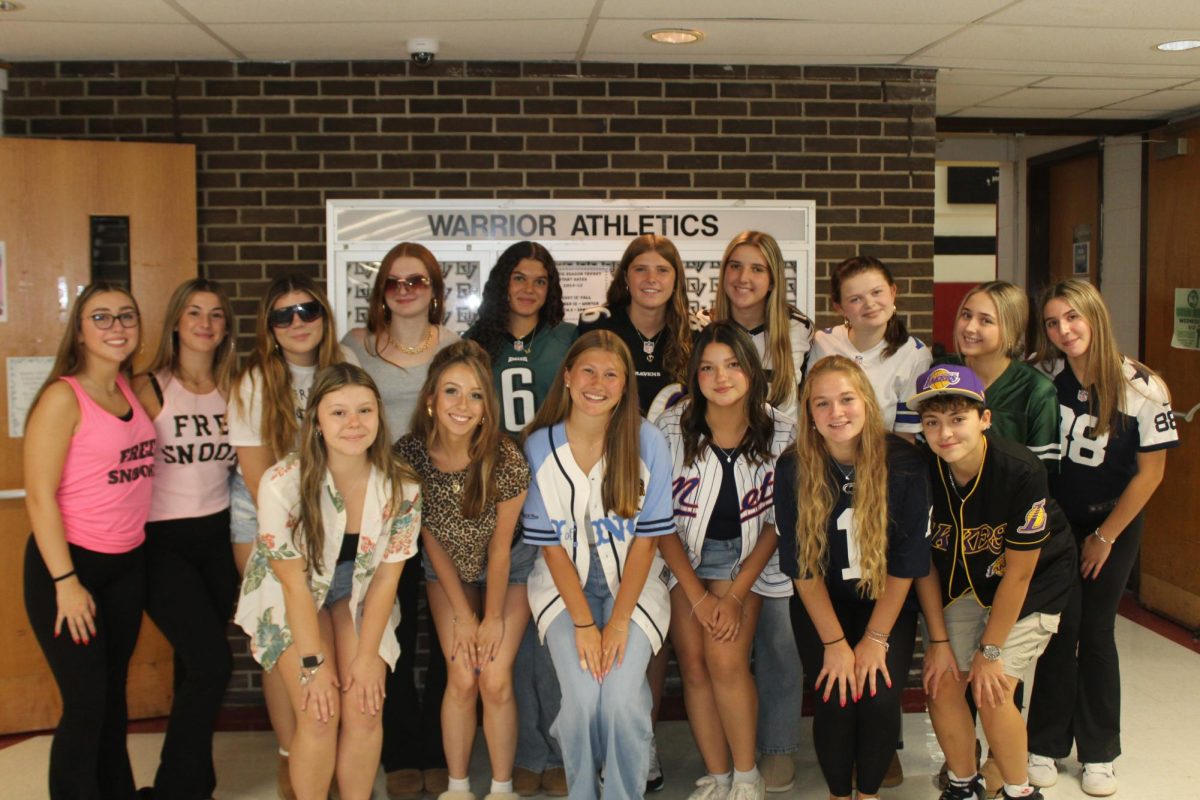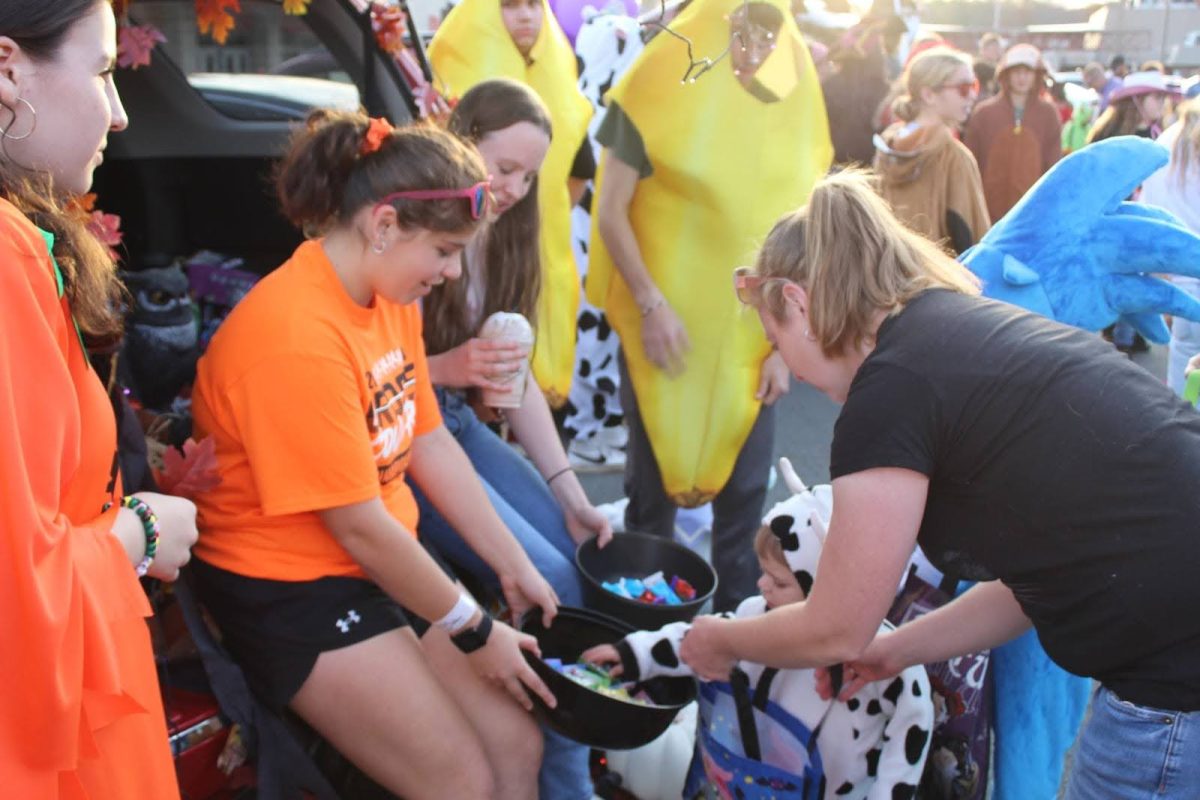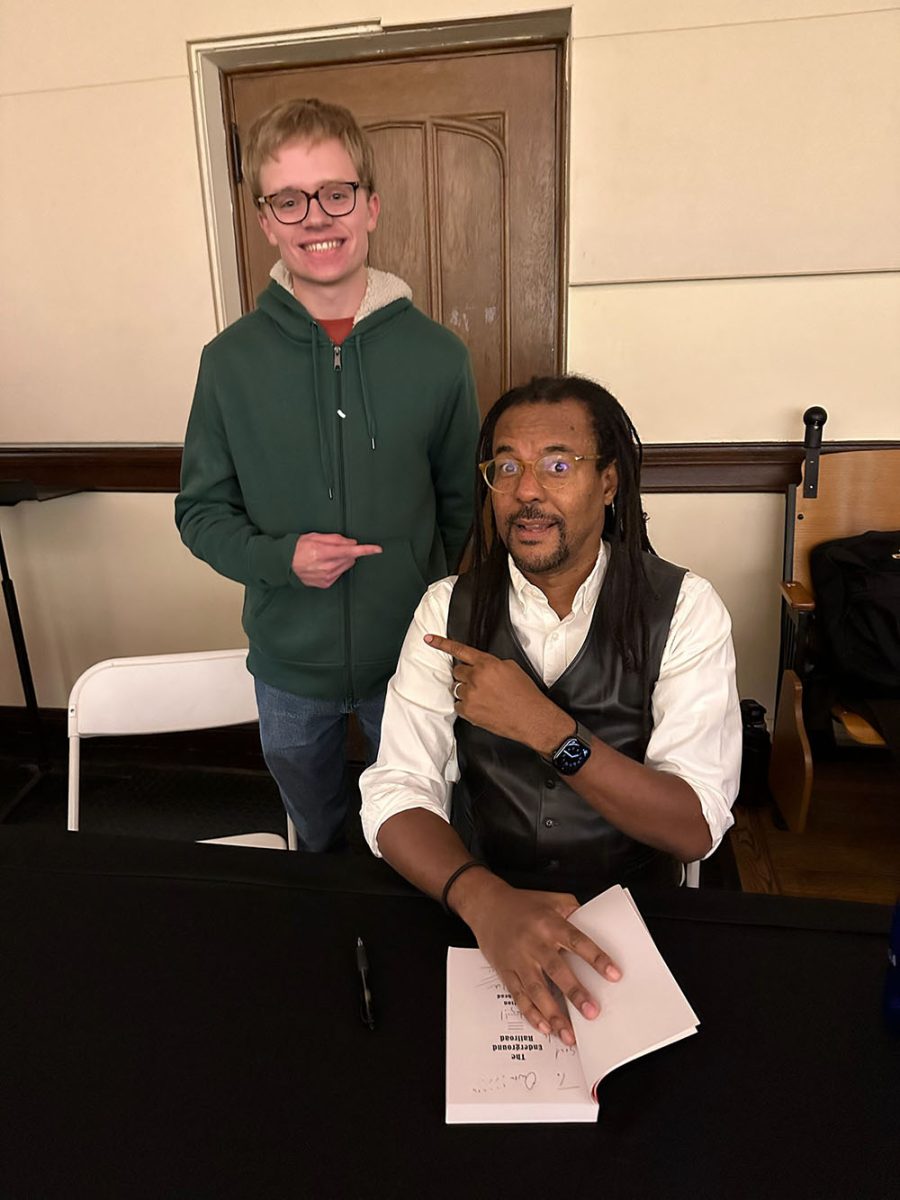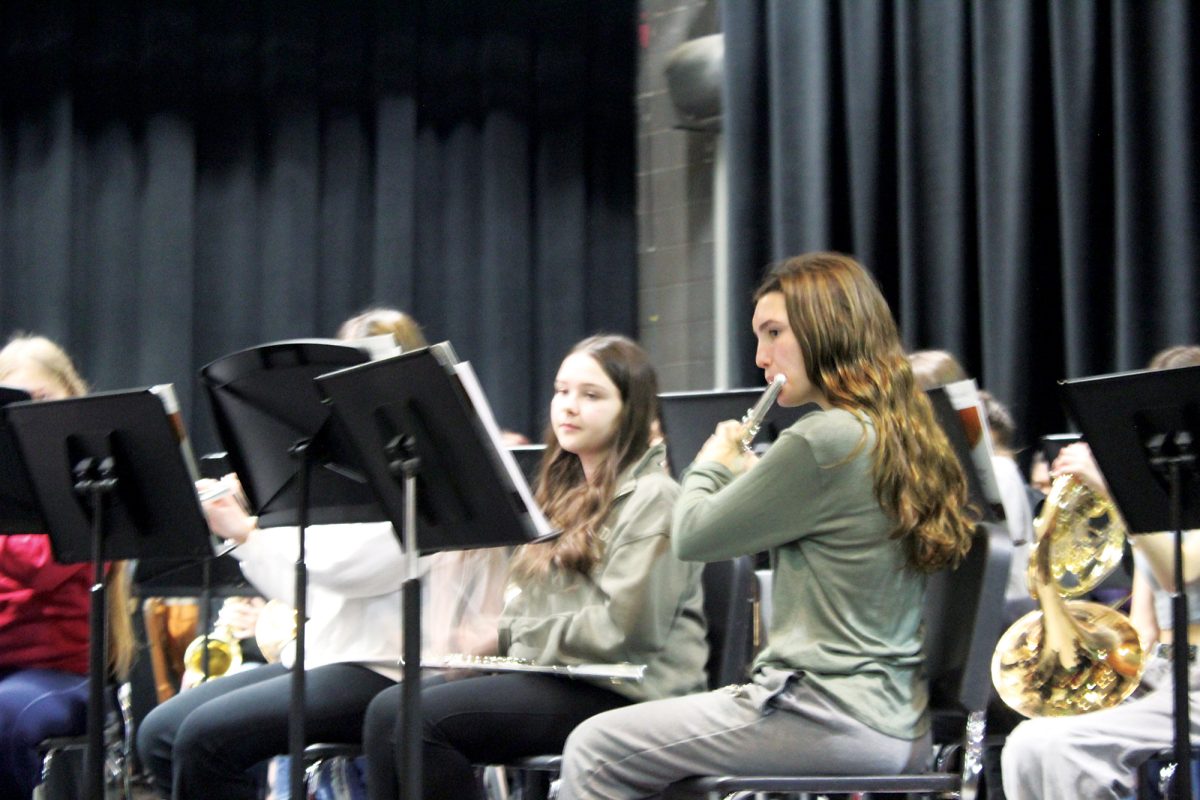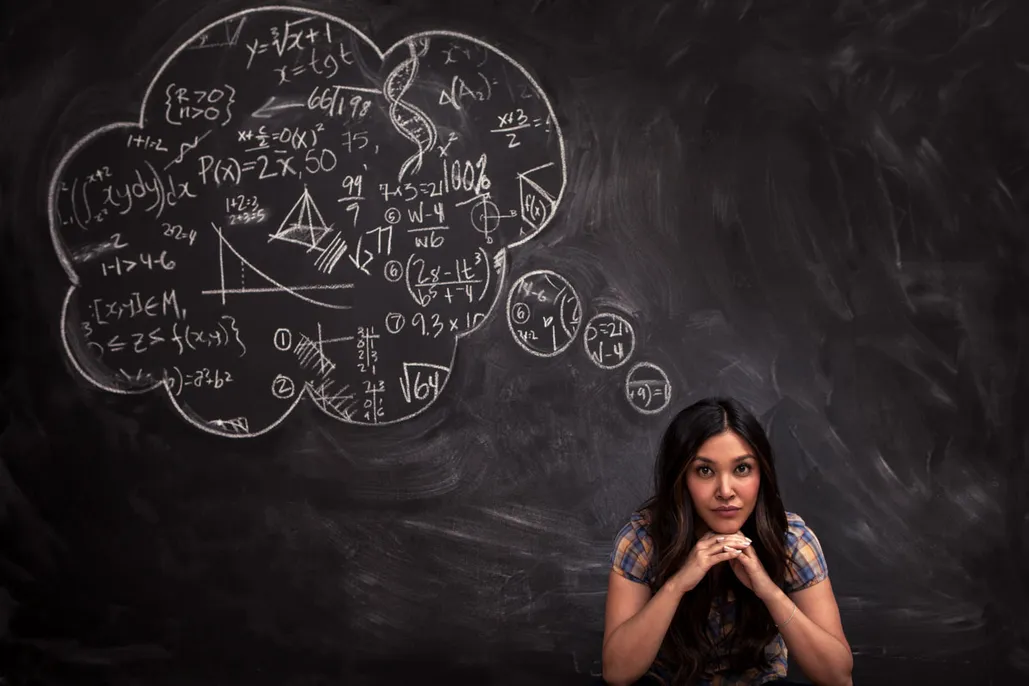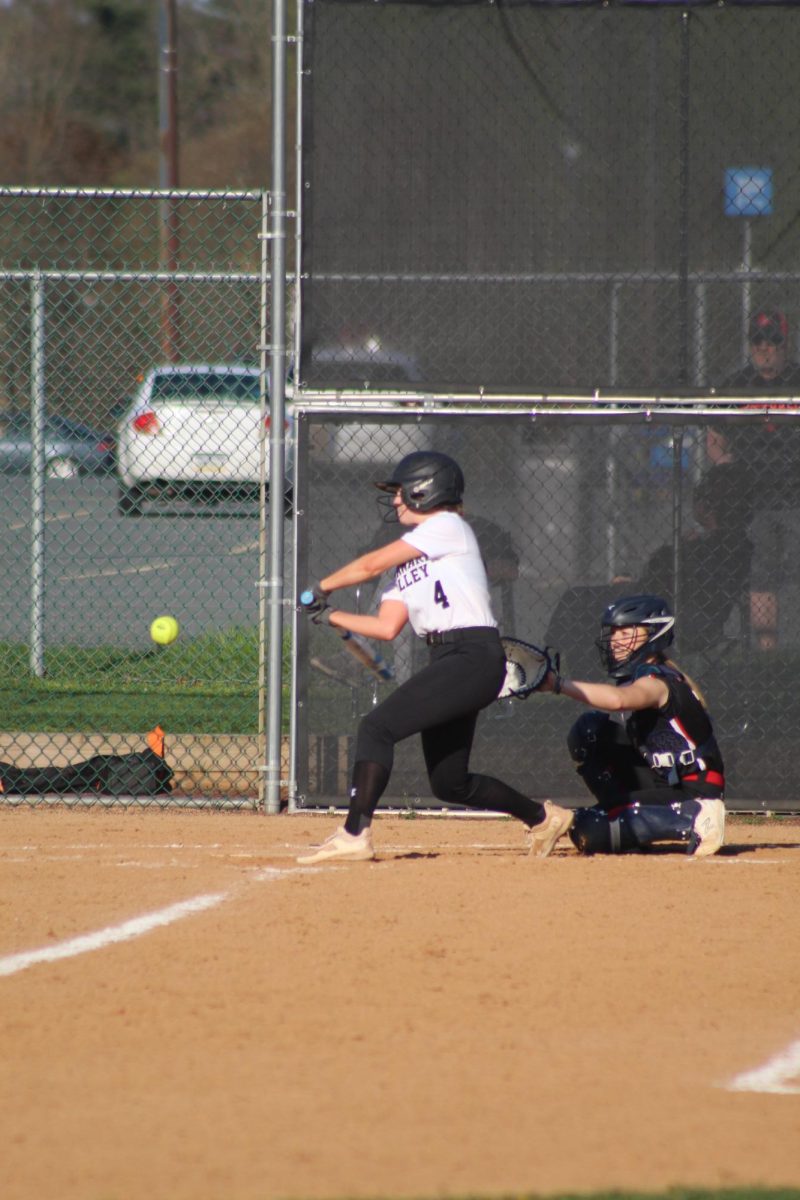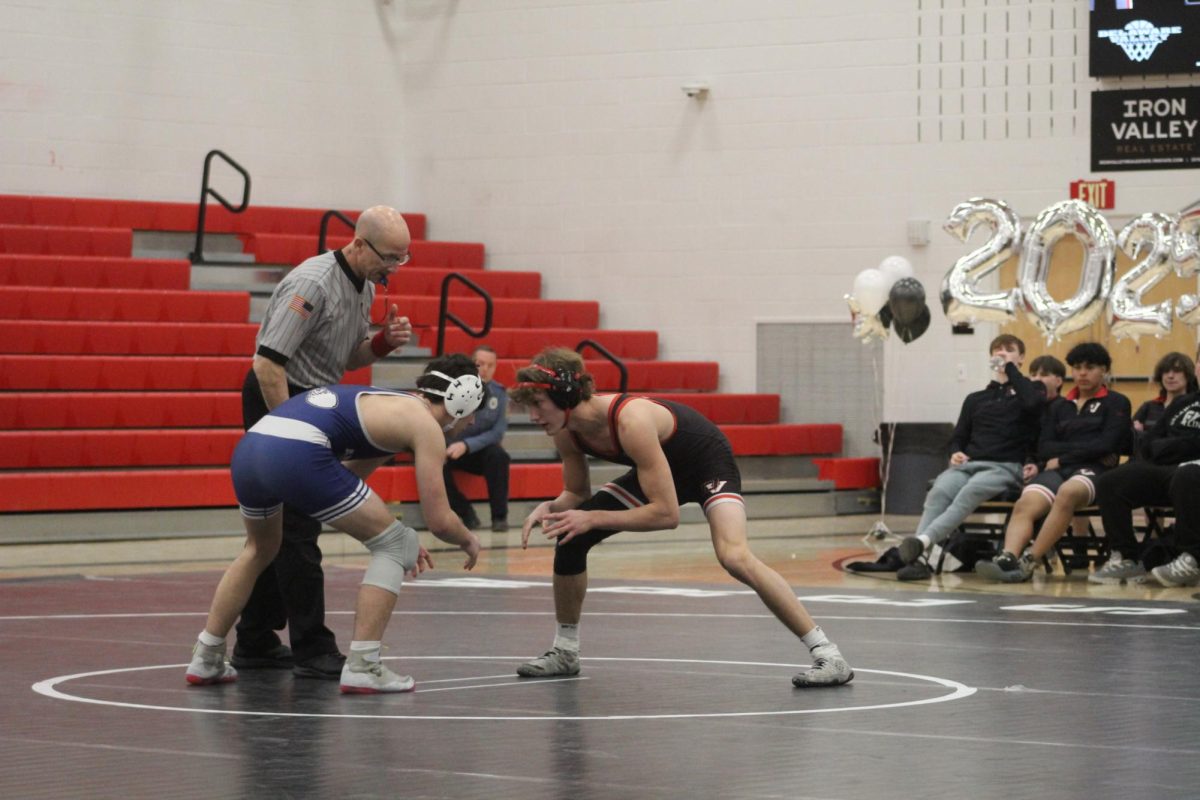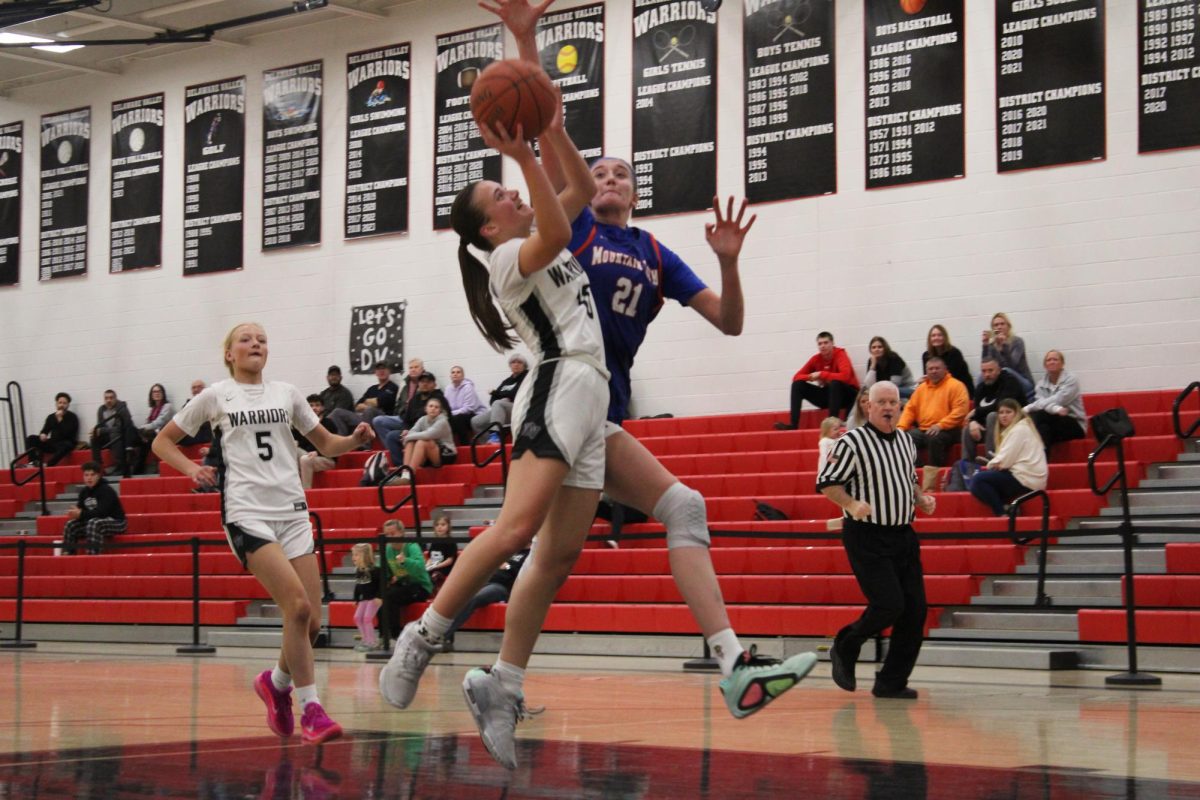Republican President-elect Donald Trump won the presidential election against Democratic Vice President Kamala Harris with 312-226 electoral votes.
Citizens were able to register their votes in person or through mail. Documentation is required, such as a driver’s license or state ID.
Leading up to the election, two presidential debates were held along with a vice presidential debate.
The vice presidential debate was between Republican representative JD Vance and Democratic representative Tim Walz.
These debates consisted of topics such as taxes, education, housing, healthcare and trade. As a result of these debates, voters may understand the plans and policies that the candidates plan to enact if elected into office.
Younger generations, specifically Gen Z, played a crucial role in this election. Leading up to voting, various campaigns were targeted towards younger generations who could vote.
For example, both Trump and Harris used apps such as TikTok, X and Facebook to promote their causes towards Gen Z. The candidates participated in social media trends to influence young voters.
For example, Harris’ TikTok, which is titled Kamala HQ, included various posts that use the slideshow feature TikTok offers to share her own and her voters’ stories.
Harris’ use of social media allowed Gen Z to feel encouraged to vote for her.
According to a study performed by the UCLA Center for Scholars & Storytellers, 18% of Gen Z participants who were informed through the media reported having more motivation to vote for Harris than those who reported not using the media at all.
Trump also used TikTok to showcase the support he has received from rallies: posts include rallies from Pennsylvania, California, Georgia and New York.
According to NBC News exit polling, Trump had a larger proportion of voters under 30 than any Republican presidential candidate since 2008.
This year’s election has prominently integrated social media in campaigns to reach younger audiences, despite there being a smaller number of young voters compared to last election.
According to The Center for Information and Research on Civic Learning and Engagement (CIRCLE), most states had fewer registered young voters compared to November 2020.
Although there were fewer Gen Z voters than in the last election, they still had an impact on the results, with about 41 million eligible to vote.
According to CIRCLE, about 57% of young adults aged 18-34 were likely to vote, with 51% favoring the Democratic Party and 30% Republican.
“I think being a part of a participatory democracy is a privilege,” social studies teacher Mr. Freddy Moran said. “It’s a way to impact your life, especially with local and state wide elections.”

